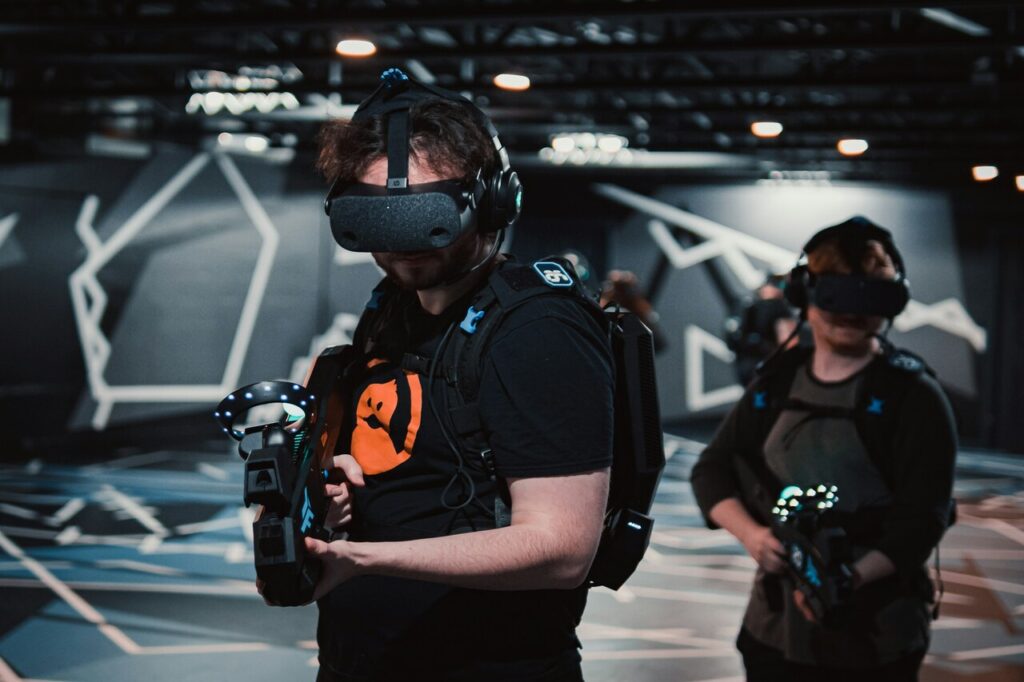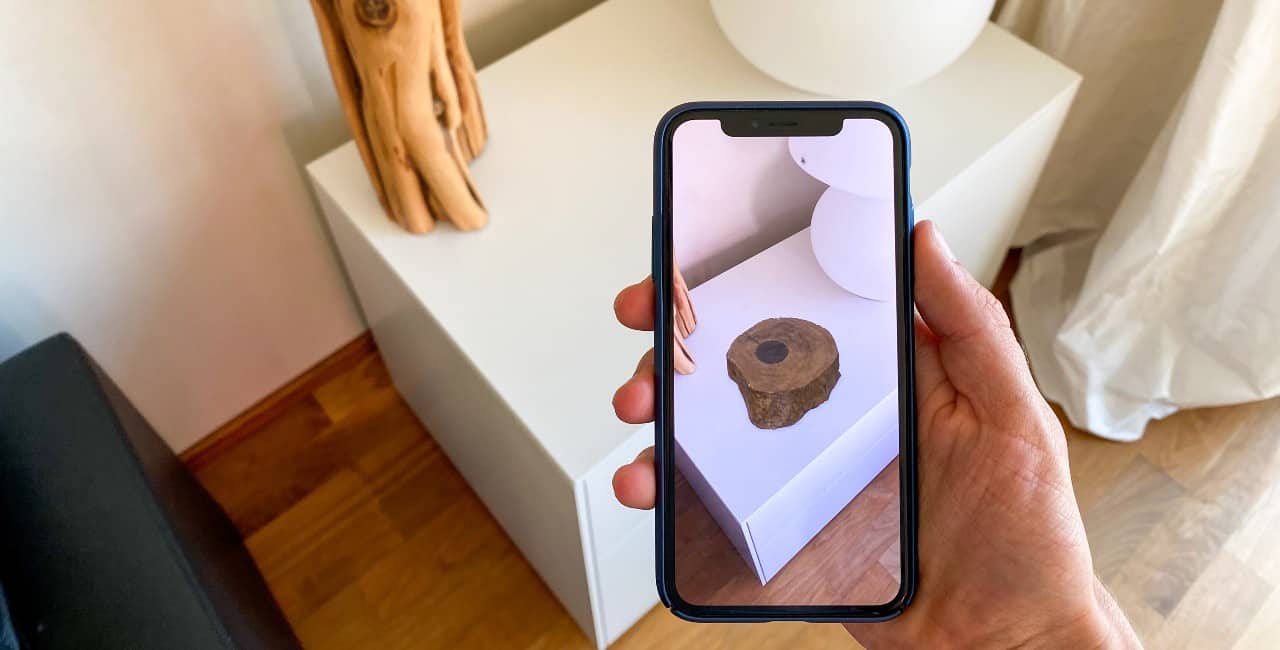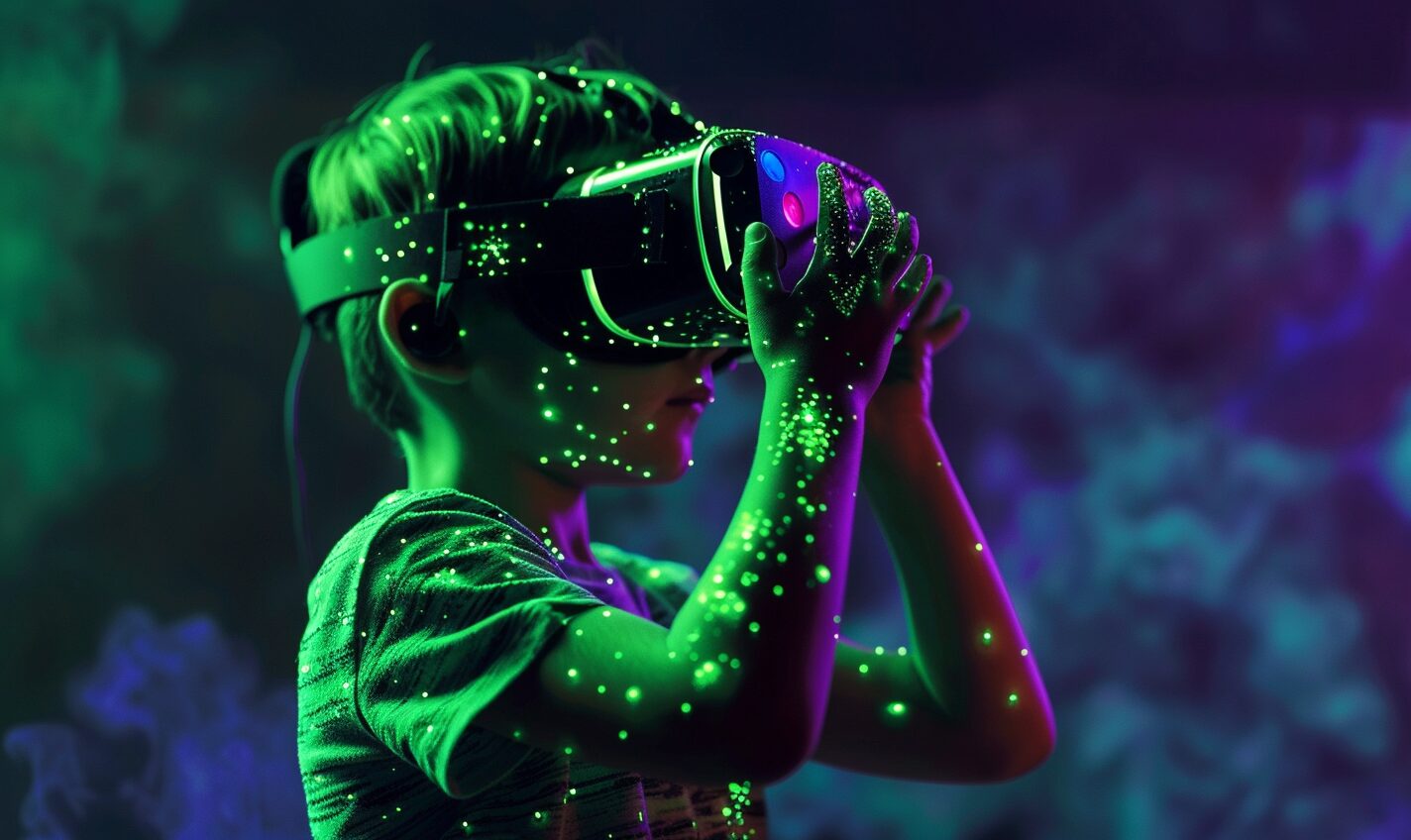Virtual and augmented reality may have started out in the gaming industry, but it’s quickly putting in an appearance in every sector from aerospace to medicine. VR is designed to immerse you in a virtual environment, and what is contained within is only limited to the programmer’s imagination.
One new and unique application is in the fields of therapy and rehabilitation. How can VR help patients in need of therapy and rehab and why is this new virtual reality application so important?
How do Virtual Reality Environments Work?
First, if you’re unfamiliar with the technology, let’s do a quick review of how virtual and augmented reality work.
Virtual reality immerses you entirely in the virtual world through the use of a wrap-around headset and headphones. VR headsets have a wide field of view (FOV) — usually between 100 and 110 degrees — and comes equipped with head tracking technology that allows that FOV to follow your head as you look in different directions.
Some new models also use external cameras to allow you to see where you’re going and prevent accidents while you’re using the headset. Older models tend to block out your external vision entirely.
Augmented reality, on the other hand, projects virtual items onto the real world, using a smartphone camera or a wearable like Microsoft’s HoloLens or a Google Glass. If you’ve seen anyone playing Pokemon Go, which was incredibly popular after it’s launch in 2016, then you’re already familiar with the basics of augmented reality.
This mobile game used the phone’s camera to project images of Pokemon onto the real world as if you were actually catching these creatures.
While these seem to have nearly endless applications for both console and mobile gaming, enterprising engineers and researchers have been looking with a different perspective.
VR Therapy for Stroke Patients
More than 795,000 people experience a stroke every single year, with more than 600,000 of them being the patient’s first attack — and that number is expected to rise more than 20% by 2030. While only 10-20% of these cases are fatal, strokes are caused by a lack of blood to the brain which can cause a number of different cognitive problems as well as a loss of mobility and impaired speech.
Physical therapy and rehabilitation are an essential part of patient recovery after a stroke to help patients regain independence and improve quality of life but the loss of mobility and cognitive concerns can make it difficult for patients to travel to their appointments.
One researcher is looking into creating a virtual rehabilitation suite that stroke survivors can use in the comfort of their own home. It could also be a valuable tool for any patients that need rehabilitation or physical therapy and might not live near the facilities they need.
Psychology in a Virtual World
Immersion therapy is one of the many techniques that practitioners use to treat a variety of different mental health concerns, from anxiety and phobias to post-traumatic stress disorder. For some patients, immersing them in the things that they find triggering can be difficult. For example, it can be hard to really immerse a military veteran in a battle scenario in such a way that they feel like they’re present on the battlefield.
Virtual reality environments give therapists the tools that they need to create the truly immersive environments that are necessary for successful immersion therapy while maintaining a safe and controlled environment. Instead of having to imagine themselves on a battleground while they’re staring at a picture or a video clip, therapists can use VR to drop them into the middle of a virtual battlefield.
PTSD is only an example. This kind of virtual psychology doesn’t just help people navigate trauma. You could potentially use it for any type of mental health treatment you can imagine.
The Future of Therapy and Rehabilitation
Virtual and augmented reality may have started out in the gaming industry, but it doesn’t have to stay there. The nice thing about VR and AR is that only the imagination of the programmer limits them.
If you can dream it up — whether you’re looking for a way to help stroke patients or returning veterans with PTSD or some other demographic that we haven’t mentioned — someone can write the program and turn your dream into a reality.
Virtual reality environments are growing in popularity as a therapy tool and it’s exciting to contemplate their future!
Recent Stories
Follow Us On
Get the latest tech stories and news in seconds!
Sign up for our newsletter below to receive updates about technology trends




